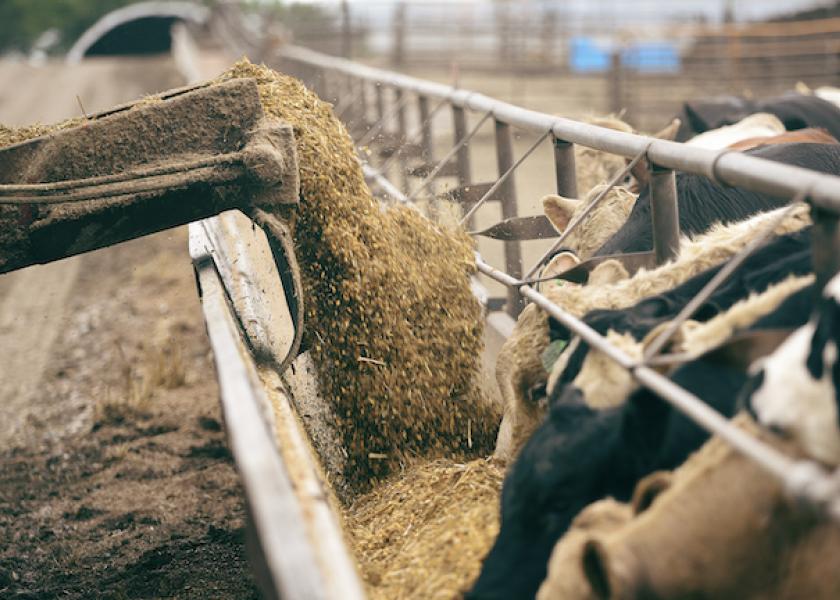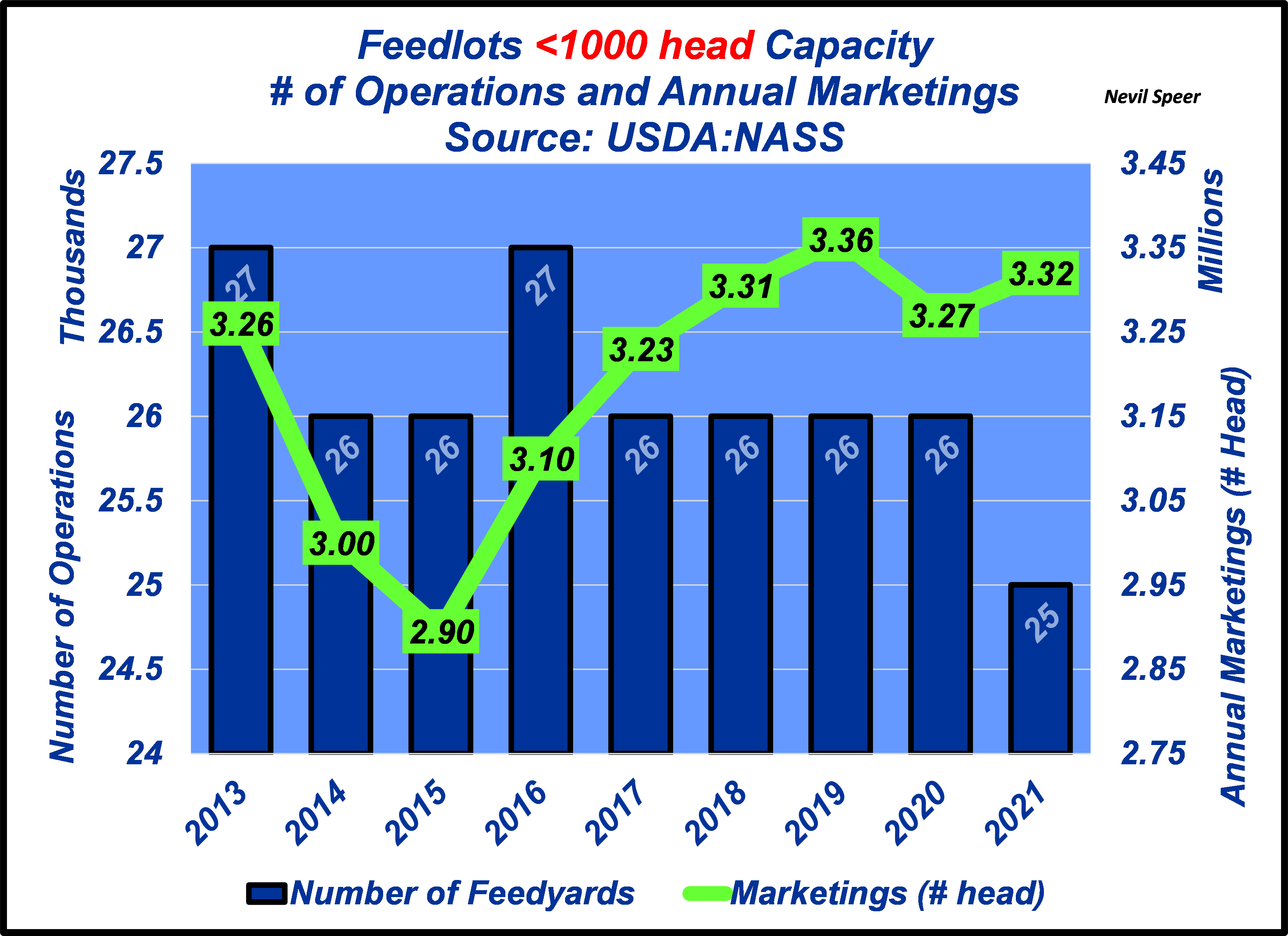Speer: The Tale of Market Reform

Rising action is an essential element of any good story. It’s what enables the writer (or producer) to establish meaning along the way. That’s precisely where we find ourselves in the market reform story (never lacking for drama). And R-CALF’s most recent press release reveals several key themes for us to ponder.
First, there’s the aspect of irony. The self-proclaimed “Ranch Group” is calling on Congress to “table [the] new cattle market price discovery and transparency act.” That’s a complete 180: just a few weeks ago, R-CALF was scolding the industry for urging “Congress to do nothing.” And even singled out one observer who “unabashedly tells policy makers to ‘leave well enough alone’.”
R-CALF has presumably figured out what we’ve known all along: the cure is worse than the disease. That is, when it comes to “…implementing new legislation. The devil is in the details…it’s the principles that really matter…And regardless how good intentions may be, government generally fails at making things better.” As a result, the ranch group now saying thanks-but-no-thanks – we’ll stick with doing nothing.
Second, when it comes to data, there’s always some element of evasiveness. That’s not a new theme and best illustrated by the discussion around COOL. Amidst R-CALF’s attempt to defend COOL, they only tell part of the story. The law never altered market dynamics nor provided any marginal advantage to U.S. producers.
Similarly, the April press release proclaims, “…the cattle industry lost another 1,000 small, independent feedlots.” “Another” portrays an ongoing phenomenon. But that’s not what the data says (see graph). A couple of other key components are important here – all being avoided by R-CALF.
One, the count of feedlots with less than 1,000-head capacity is an estimate that gets backed into based on other factors (hence the count’s lack of precision). Two, it’s subject to revision; for instance, 2015’s first estimate indicated only 25,000 operations – but was subsequently revised upwards the following year (to 26,000). And three, there’s no gap in throughput; in fact, these same operations marketed an additional 50,000 head in ’21 versus ’20.

A second graph is also included to outline the trends for feedyards on the other side of the 1,000-head mark. The scale is vastly different – marketings are nearly 7-to-1 with only one-tenth of the operations. But the pattern is the same – some consolidation, more marketings.

That leads us to the final theme percolating here: business principles always prevail. R-CALF repeatedly attempts to turn some snippet of data into further evidence of a “chronically dysfunctional market.” That misses the mark; the tenets of business apply to beef just like every other business.
Both graphs represent that reality. The overarching precept best explained by strategist Michael Hammer (2002): “Increasing productivity does enable a company to lower its costs while increasing its output and that ought to be good for any business. But what is good for any business, it turns out, isn’t good for every business.”
In the end, the beef industry owns an incredible story of business success. The commitment to consumers makes the market better. And producers have enjoyed the fruits of that commitment during the past 20 years. That’s where the industry needs to stay focused – it’s the only way to ensure a good ending to the ongoing tale of market reform.
Nevil Speer is an independent consultant based in Bowling Green, KY. The views and opinions expressed herein do not reflect, nor are associated with in any manner, any client or business relationship. He can be reached at nevil.speer@turkeytrack.biz.
Related:
Speer: I Do Not Think It Means What You Think It Means
R-CALF Says New Studies ‘Validate’ Calls For Market Reform
Cornett: The Mandaters Move On
Senators Revise Cattle Price Discovery and Transparency Act
Potts: Supply, Demand Balance Without Government Intervention
Cornett: A ‘Hard Cull’ On The Facts
Packers and Allies Urge Congress to Do Nothing in Face of Broken Markets
Speer: Policy Makers Should Just Leave Well Enough Alone
Speer: Is Fair What We Really Want?







